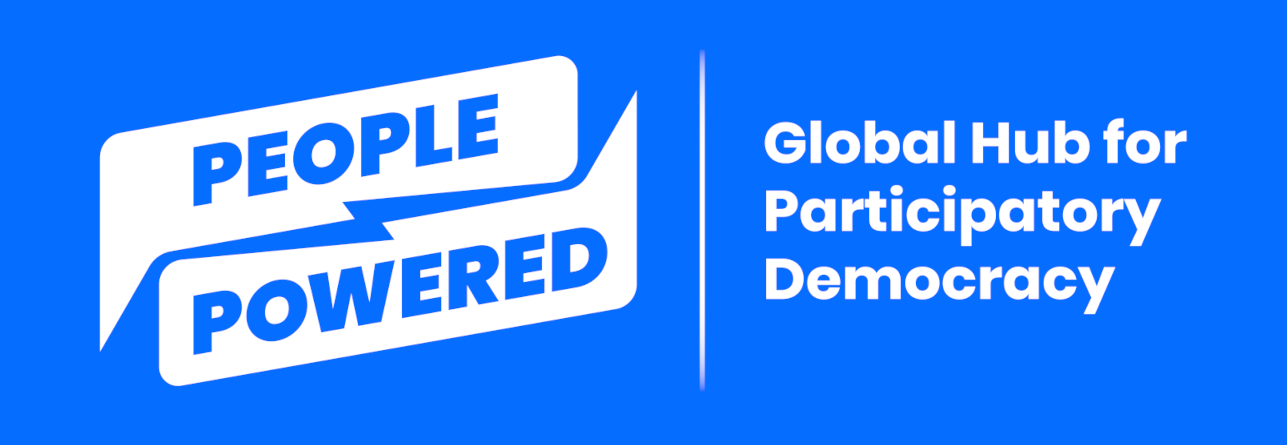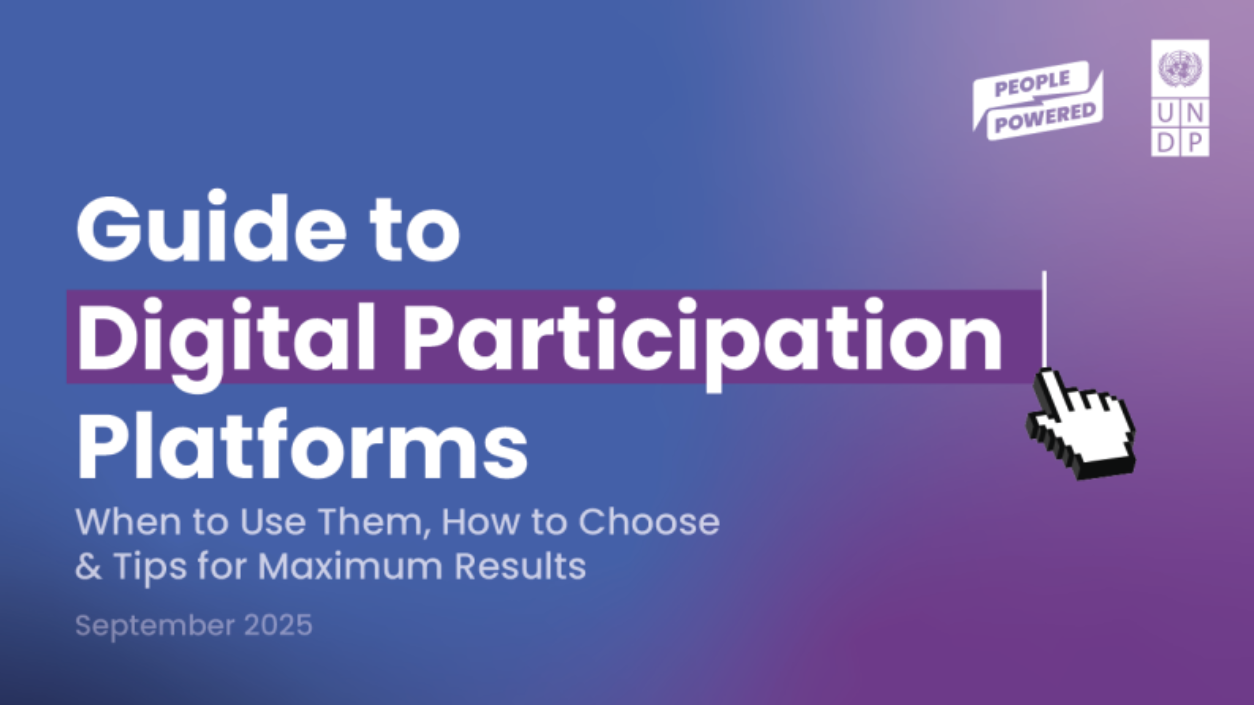Identify your goals
/Identify your goals
Before you select a platform, first determine your goals. Consider who you're trying to reach, when in the policy-making process you will engage them, and how you're going to involve them in decision-making.
The Parti Co-op team identified the following critical factors to consider as you set your participation goals:
The degree of participation you seek from participants.
The institutional authority of the team that's convening the participatory process.
The capacity of the broader institution operating the platform.
The overall vision and goals of the process.
It's important to consider your institution's role in the local landscape. For example, the Fundacja Pole Dialogu team in Warsaw found that operating a digital participation platform at the district level wasn't ideal, since it competed for attention with the city's broader programs but didn't receive the same resources. See if you can convince the staff assigned to existing programs to support your initiative before beginning a competing effort, particularly if your team or unit doesn't have the influence or resources to execute well on its own. In China's emerging participatory budgeting landscape, for example, neighboring villages sometimes work together and combine their allotments so they can take on larger projects.
Your goals can be quantifiable, like generating a certain number of suggestions, discussions, or implemented policies. You can also set qualitative goals, such as perceptions of the platform/exercise by participants and other interested parties. Also consider long-term goals, like development of an ongoing practice of participatory decision-making inside your institution.
Your goals also should be specific. How much online support must a participant's proposal receive before it warrants attention? Participation platforms like We the People in the United States, g0v Join in Taiwan, and Decide Madrid in Spain each set specific thresholds of community support before key offices or decision-makers are obligated to respond.
Go Vocal (previously CitizenLab) created this illustration of the decision-making cycle:
Go Vocal’s decision-making cycle has four continuous stages: agenda-setting, policy formation, policy implementation, and policy evaluation. Graphic from Go Vocal.
Generally speaking, the earlier you involve people in the decision- or policy-making process, the more substantive input they can provide. Early involvement also allows your institution to benefit from community insights before getting locked into a specific course of action. If you're just getting started, it might be easier to involve people later in the decision-making process. But be warned: They also may feel less motivated and positive about the experience if it feels like their engagement is welcomed only after major decisions are made. For example, there is a big difference between deciding whether to fund a public park and then helping to design it, and voting on the name for a park that's already been approved.
Next: Try it out first
Previous: Selecting a digital participation platform





